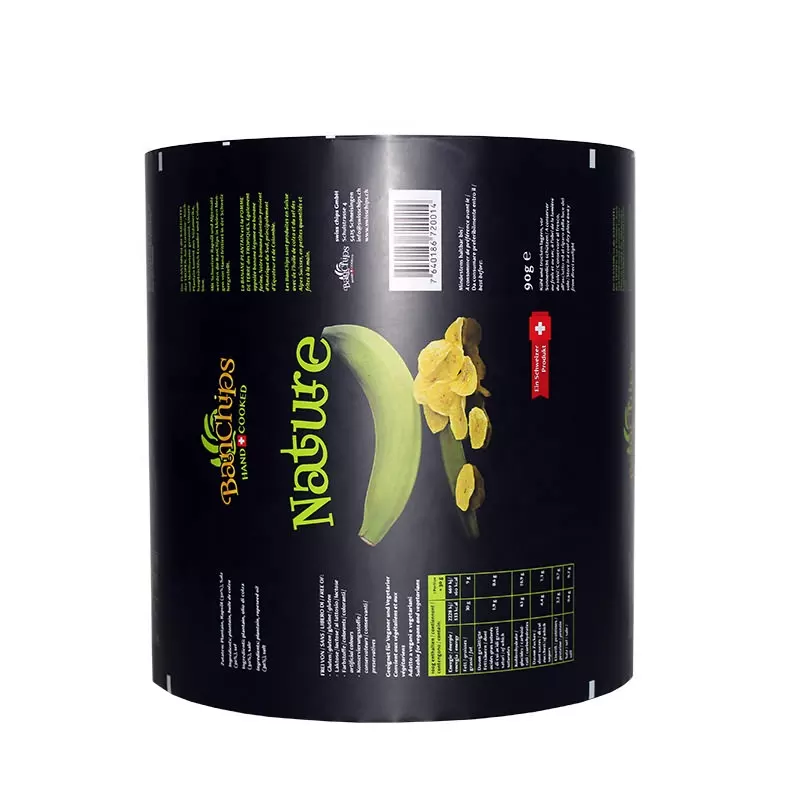- Afrikaans
- Albanian
- Amharic
- Arabic
- Armenian
- Azerbaijani
- Basque
- Belarusian
- Bengali
- Bosnian
- Bulgarian
- Catalan
- Cebuano
- chinese_simplified
- chinese_traditional
- Corsican
- Croatian
- Czech
- Danish
- Dutch
- English
- Esperanto
- Estonian
- Finnish
- French
- Frisian
- Galician
- Georgian
- German
- Greek
- Gujarati
- haitian_creole
- hausa
- hawaiian
- Hebrew
- Hindi
- Miao
- Hungarian
- Icelandic
- igbo
- Indonesian
- irish
- Italian
- Japanese
- Javanese
- Kannada
- kazakh
- Khmer
- Rwandese
- Korean
- Kurdish
- Kyrgyz
- Lao
- Latin
- Latvian
- Lithuanian
- Luxembourgish
- Macedonian
- Malgashi
- Malay
- Malayalam
- Maltese
- Maori
- Marathi
- Mongolian
- Myanmar
- Nepali
- Norwegian
- Norwegian
- Occitan
- Pashto
- Persian
- Polish
- Portuguese
- Punjabi
- Romanian
- Russian
- Samoan
- scottish-gaelic
- Serbian
- Sesotho
- Shona
- Sindhi
- Sinhala
- Slovak
- Slovenian
- Somali
- Spanish
- Sundanese
- Swahili
- Swedish
- Tagalog
- Tajik
- Tamil
- Tatar
- Telugu
- Thai
- Turkish
- Turkmen
- Ukrainian
- Urdu
- Uighur
- Uzbek
- Vietnamese
- Welsh
- Bantu
- Yiddish
- Yoruba
- Zulu
How to Convert 80g to Milliliters in Simple Steps
Understanding the Conversion 80g to ml
When it comes to cooking or baking, precise measurements are crucial, as even a slight variation can impact the flavor and texture of the final product. One of the most common questions that arise in the kitchen is about conversions, particularly how grams relate to milliliters. This article aims to clarify the relationship between these two units of measurement, specifically focusing on the conversion of 80 grams (g) to milliliters (ml).
The Basic Concepts
First, it's important to understand the difference between grams and milliliters. Grams measure mass, which is the amount of matter in an object, whereas milliliters measure volume, which refers to the amount of space an object occupies. The conversion between these two units depends largely on the density of the substance you are measuring. Density is defined as mass per unit volume and varies from one substance to another.
For instance, the density of water is about 1 gram per milliliter, which means that 1 g of water has a volume of 1 ml. Therefore, when working with water, 80 g would convert directly to 80 ml. However, for other substances, the conversion will differ because of variations in density.
Common Substances and Their Densities
To effectively convert 80 g to ml, we need to consider the material in question. Here's a look at some common kitchen ingredients and their approximate densities
80g is how many ml

1. Water 1 g/ml - 80 g of water = 80 ml 2. Olive Oil Approximately 0.92 g/ml - 80 g of olive oil = 80 / 0.92 ≈ 87 ml 3. Sugar Approximately 0.85 g/ml - 80 g of granulated sugar = 80 / 0.85 ≈ 94 ml 4. Flour Approximately 0.60 g/ml - 80 g of all-purpose flour = 80 / 0.60 ≈ 133 ml 5. Honey Approximately 1.42 g/ml - 80 g of honey = 80 / 1.42 ≈ 56 ml
These conversions illustrate how the same mass can occupy different volumes depending on the density of the substance. Therefore, knowing the density is paramount in determining how many milliliters correspond to grams.
Practical Applications in the Kitchen
When you’re in the kitchen, it's vital to use the correct conversion for your particular ingredient. For example, if a recipe calls for 80 g of flour, using the volume measurement of 133 ml (instead of 80 ml) will ensure that you have the correct amount, maintaining the recipe's integrity.
This is particularly important when baking, where the chemistry of ingredients plays a crucial role in the final product. A cake that is too floury will become dense and dry, while too little flour can lead to a cake that doesn’t rise properly.
Conclusion
In summary, the conversion of 80 grams to milliliters is not a straightforward calculation and varies based on the substance in question. Understanding the relationship between mass and volume, and recognizing the density of various ingredients, is essential for any cook or baker striving for culinary accuracy. Always refer to a reliable density table when making conversions in the kitchen, as it will ensure that your measurements are precise, ultimately leading to successful outcomes in your cooking endeavors. Whether you're measuring water, flour, or honey, accurate conversions make a significant difference in the world of culinary arts. Happy cooking!













